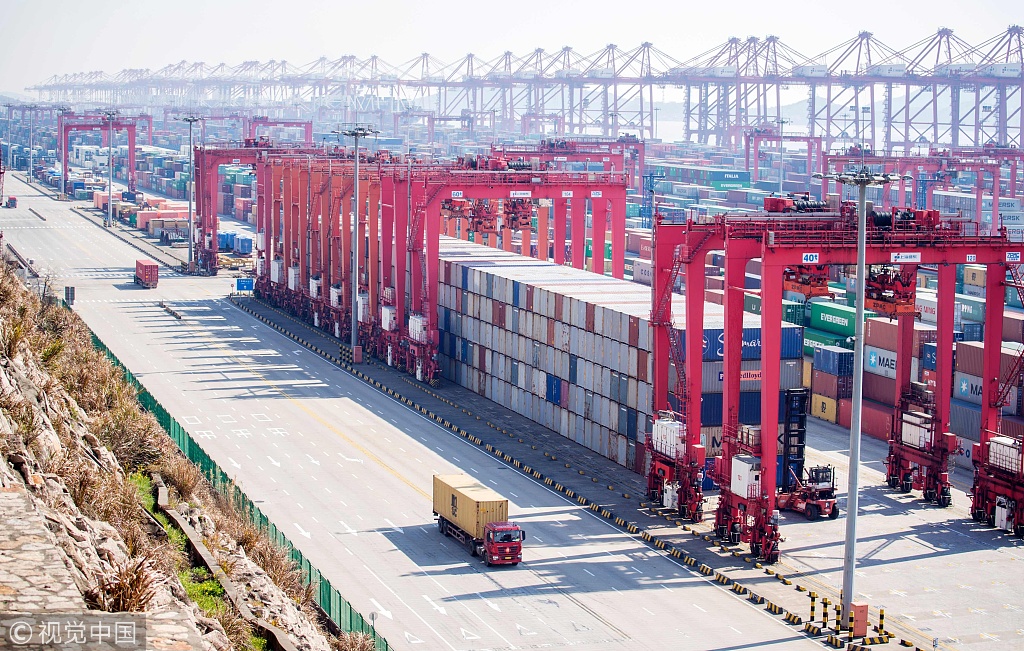Shanghai Pilot Free Trade Zone is innovating, not simply expanding

The State Council, China's Cabinet, recently announced the general plan for the Lingang New Area of the China (Shanghai) Pilot Free Trade Zone. Xinhuanet comments:
According to the plan, by 2025, Lingang New Area is to have established a comparatively mature investment and trade liberalization and facilitation institutional system, and built a batch of highly open functional platforms. By 2035, the Lingang New Area is to have strong international market influence and competitiveness.
The newly added Lingang New Area to the China (Shanghai) Pilot Free Trade Zone is another significant opening-up measure, which is of great strategic significance.
Since its establishment in September, 2013, the China (Shanghai) Pilot Free Trade Zone has become a pioneer of China's free trade zone exploration and an important window of China's opening-up. But due to geographical restrictions, the functions of the free trade zone have not yet been fully realized, and there is room for further improvement in its radiation and demonstration functions.
As early as December 2014, the free trade zone had expanded its area from the original 28.78 square kilometers to 120.72 square kilometers, which led to a rapid increase in the number of enterprises located in the free trade zone. According to the plan, by 2035, the regional GDP of Lingang New Area will exceed 1 trillion yuan ($142.41 billion), which is equivalent to building a new Pudong New Area.
The plan for the newly established Lingang New Area has many innovations and improvements in its system design. First, it clarifies the goal of the Lingang New Area is to build a special economic functional zone with international influence and competitiveness. Second, it increases the number of strategic tasks it should fulfill, including enhancing collaborative innovative development with the Yangtze River Delta Economic Region and driving the new round of reform and opening-up of the Yangtze River Delta area. Third, it gives priority to building an open industrial system with international market competitiveness. Fourth, the Yangshan Special Comprehensive Bonded Zone will be built as a new type of special customs supervision area, and the implementation of a higher level of trade liberalization and facilitation supervision policy will be explored.
It can be seen from the plan that the establishment of the Lingang New Areas is by no means just a simple expansion of space, nor a simple policy shift, but a means to realize a new system, new functions, new industries and a new economy, in order to better serve China's opening-up. It is expected the Lingang New Area will provide more experiences to China's other free trade zones in terms of policy innovation, and add impetus to China's high quality development.
Invest in China Copyright © 2026 China Daily All rights Reserved
京ICP备13028878号-6
 京公网安备 11010502032503号
京公网安备 11010502032503号





